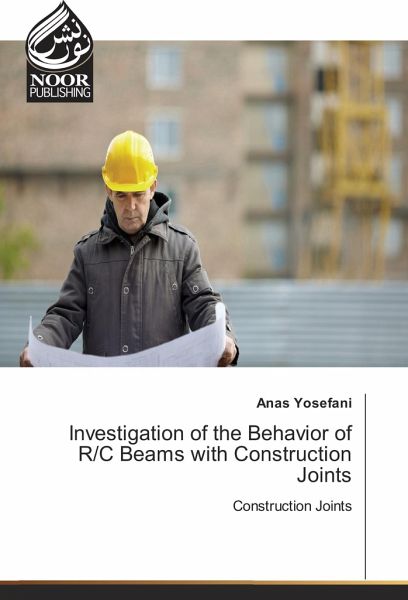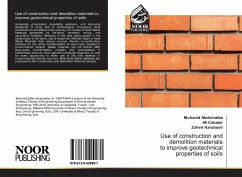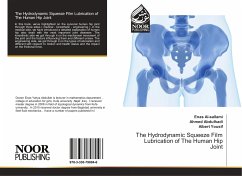
Investigation of the Behavior of R/C Beams with Construction Joints
Construction Joints
Versandkostenfrei!
Versandfertig in 6-10 Tagen
37,99 €
inkl. MwSt.

PAYBACK Punkte
19 °P sammeln!
Construction joints are stopping places in the process of placing concrete, and they are required because in many structures it is impractical to place concrete in one continuous operation. The amount of concrete that can be placed at one time is governed by batching and mixing capacity and by the strength of the formwork. A good construction joint should provide adequate flexural and shear continuity through the interface. In this study, a nonlinear three-dimensional finite element analysis has been used to conduct an analytical investigation on the overall behavior of reinforced concrete bea...
Construction joints are stopping places in the process of placing concrete, and they are required because in many structures it is impractical to place concrete in one continuous operation. The amount of concrete that can be placed at one time is governed by batching and mixing capacity and by the strength of the formwork. A good construction joint should provide adequate flexural and shear continuity through the interface. In this study, a nonlinear three-dimensional finite element analysis has been used to conduct an analytical investigation on the overall behavior of reinforced concrete beams having vertical and horizontal construction joints. Parametric studies are carried out to study the influence of the construction joints on the behavior of R/C beams and the load-carrying capacity. The effect of type of joint (vertical or horizontal), location of the joint, coefficient of friction of the interface, and % of steel across the joint is also investigated. The result of the analysis has shown the vertical construction joints have a slight effect on the overall behavior and load-carrying capacity, while the horizontal construction joints have a considerable effect.












